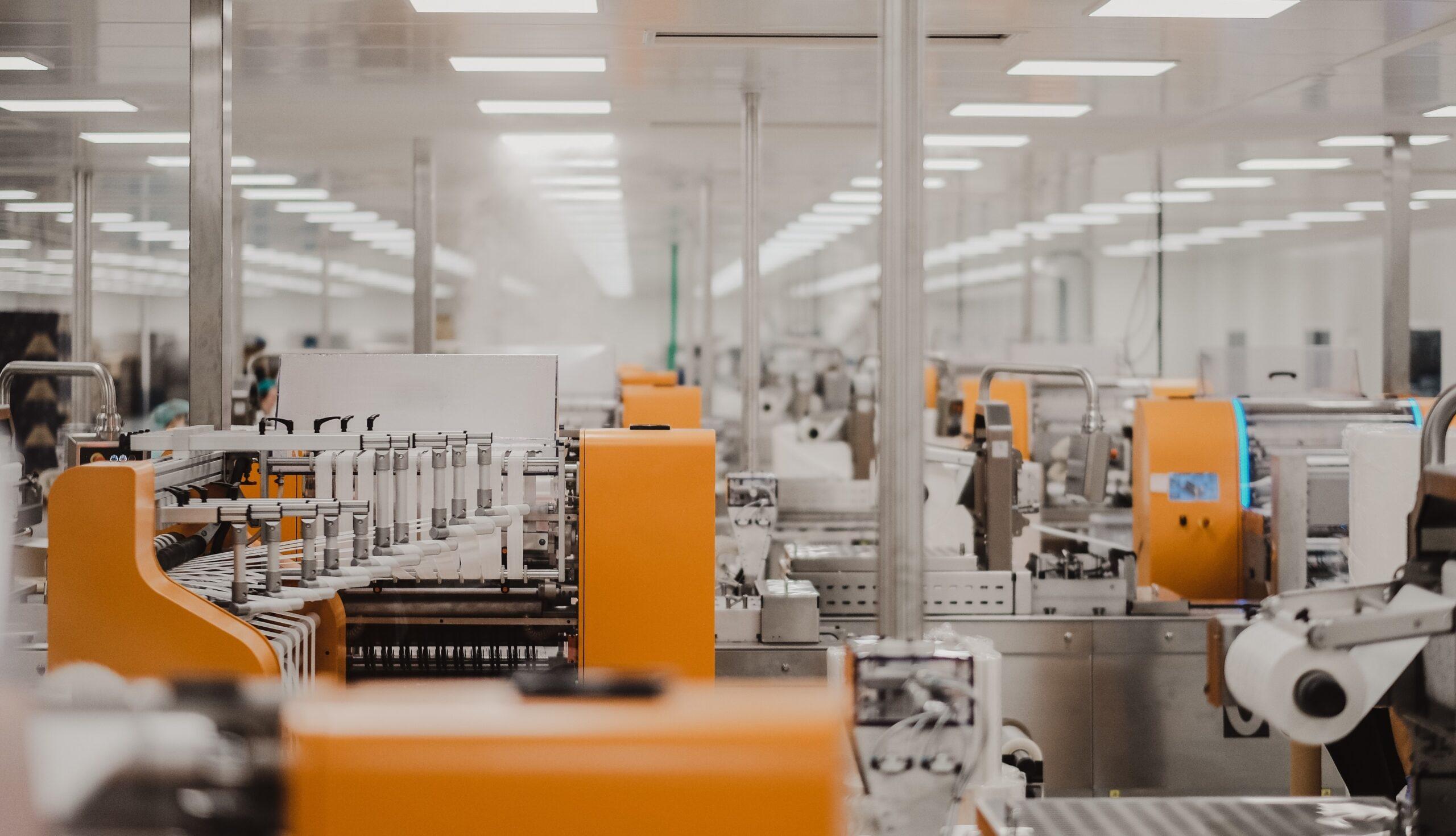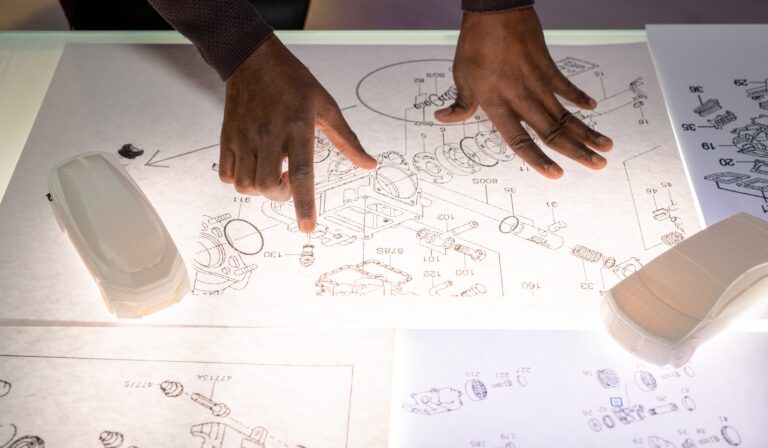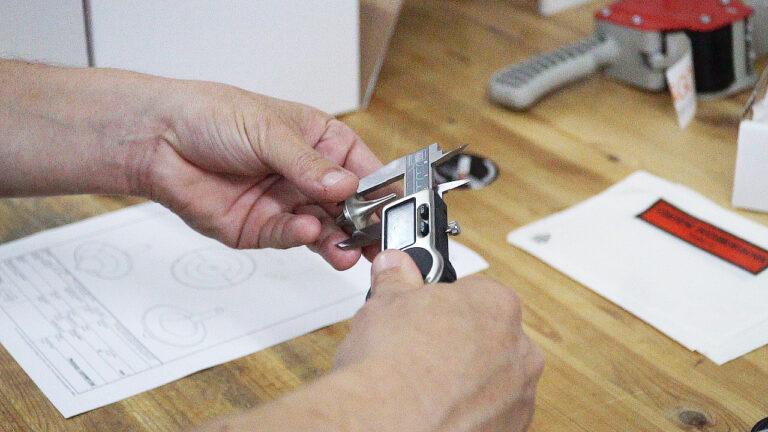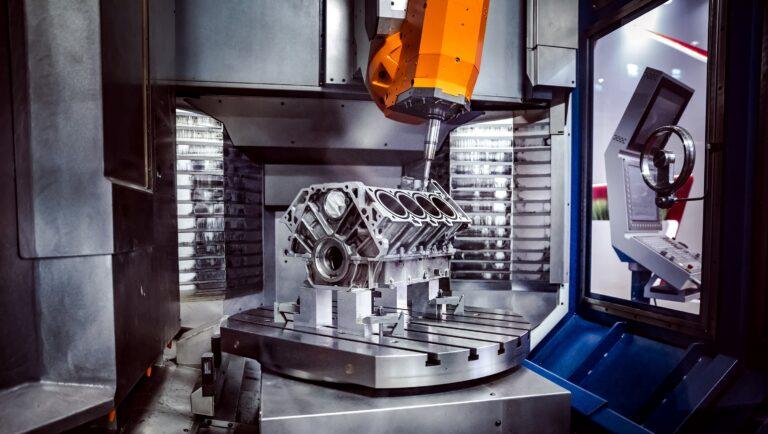The industrial sector is in an unprecedented phase of transformation, driven by technological breakthroughs that are redefining the limits of what is possible.
In this context, automation is emerging as a key factor that will revolutionize the next generation of CNC machining. From the integration of collaborative robots to the use of artificial intelligence and real-time data analysis, innovations in automation are greatly improving the accuracy, efficiency and flexibility of machining processes.
In this article we tell you how these technologies are being implemented to optimize production, reduce cycle times, minimize errors and increase customization capabilities in the CNC machining process.
Automated CNC machining processes
The convergence of physical manufacturing processes with digital information technologies enables manufacturers to create smarter processes, significantly improving their capacity and productivity. Tools such as CAD/CAM and CNC programming software, used in the initial design and planning stages, are designed to be accessible even to less experienced users.
In addition, advanced technologies are implemented to manage information from CNC machining processes and leverage the data to continuously optimize both process efficiency and product design.
The machines behind CNC machining
Machines that drive CNC machining are ideal tools for manufacturing parts and prototypes, as they combine mechanical robustness with computerized precision. These machines are capable of performing cutting, drilling, milling and other processes with an accuracy that would be impossible to achieve using manual methods.
Among the most common are vertical and horizontal machining centers, which allow working on multiple axes (usually three, although some advanced systems can operate on up to five or more axes). These machines are controlled by CNC systems, which interpret the G-code generated by CAM software, moving the cutting tool with extreme precision.
In addition to CNC milling machines, other machines such as CNC lathes and laser or waterjet cutting machines are also critical in advanced part manufacturing processes. The great advantage of these machines is that they can operate autonomously for long periods, thanks to the integration of automated material feeding systems and their ability to make real-time adjustments based on continuous monitoring of cutting parameters.
The evolution towards increasingly intelligent and productive machines has been possible thanks to the incorporation of advanced sensors and IoT (Internet of Things) connectivity, which allow continuous monitoring of machine status, detecting possible failures before they occur and optimizing preventive maintenance.
On the other hand, the integration of collaborative robots (also known as cobots) has made it possible to further automate part loading and unloading operations, increasing efficiency and reducing downtime.
The software that drives CNC machining
Behind the precision and efficiency of CNC machining is a sophisticated set of software that guides every step of the process. This software not only generates the control codes that guide the cutting tools, but also allows a level of customization and optimization that would be impossible without digital intervention.
The design begins in the CAD software, where a detailed digital model of the part to be manufactured is created. From this model, the CAM software converts the design into an action plan, generating the G and M codes necessary for the CNC machine to perform the specific operations, such as cutting, drilling and milling.
Simulation software, on the other hand, plays a crucial role in the CNC machining process. Before any material is cut, engineers can simulate the entire process in a virtual environment, detecting potential problems or collisions and adjusting parameters as necessary. This not only saves time and reduces waste, but also ensures that the first machining attempt is successful.
Another key tool is real-time monitoring and analysis software, which allows operators and automated systems to continuously adjust operating conditions based on live data. This includes adjusting cutting speed, tool feed and other parameters to maximize efficiency and extend tool life.
In short, we can say that, with the integration of artificial intelligence, CNC machining software is evolving into systems that can learn and adapt. Advanced algorithms analyze historical and real-time data patterns to optimize operations, reduce cycle times and improve the quality of finished parts. This machine learning capability is one of the most promising aspects of the future of CNC machining, taking automation and accuracy to levels never before seen.
At ProtoGo! we offer the best CNC machining service for your parts and prototypes. You can request your quotation through the form on our website in a quick and easy way.
What are you wating for? Request your quote now!





